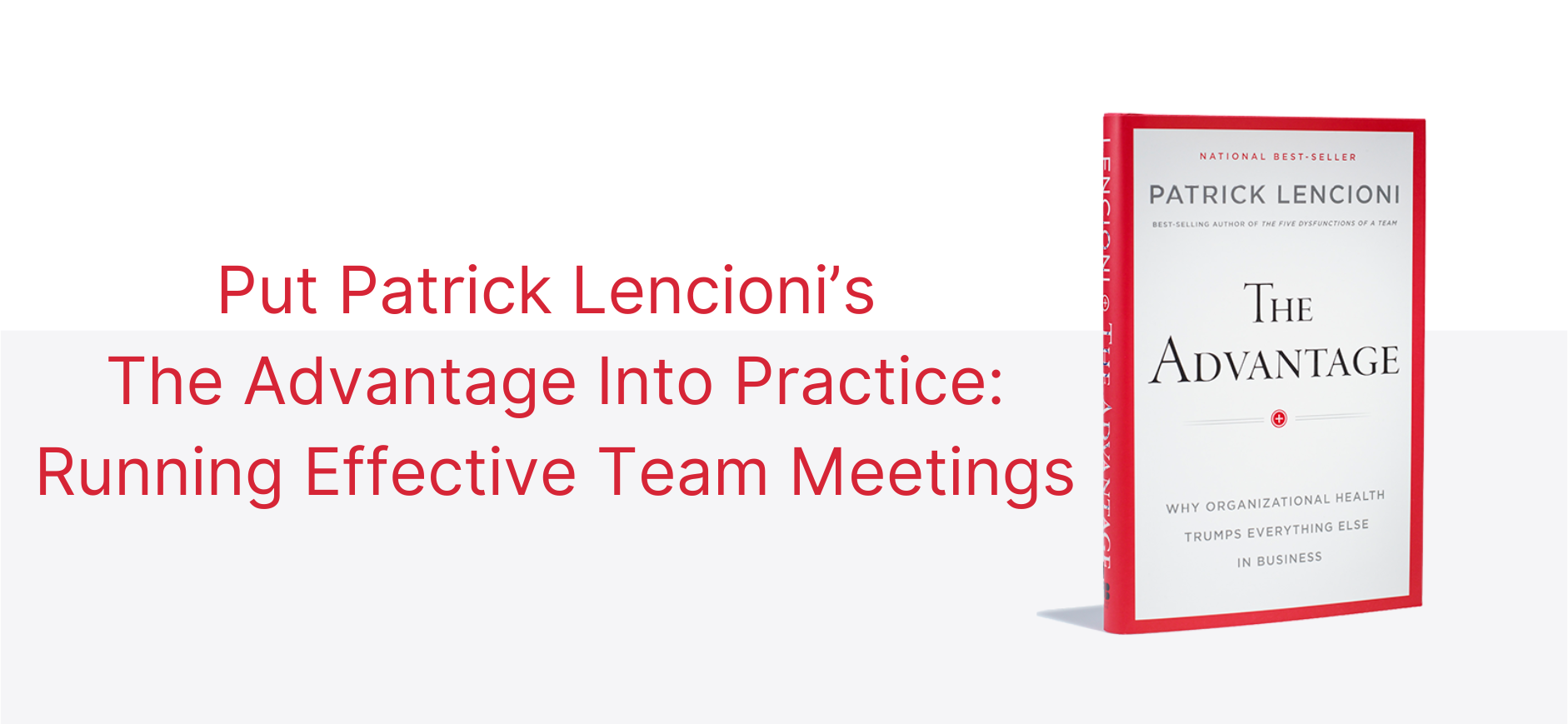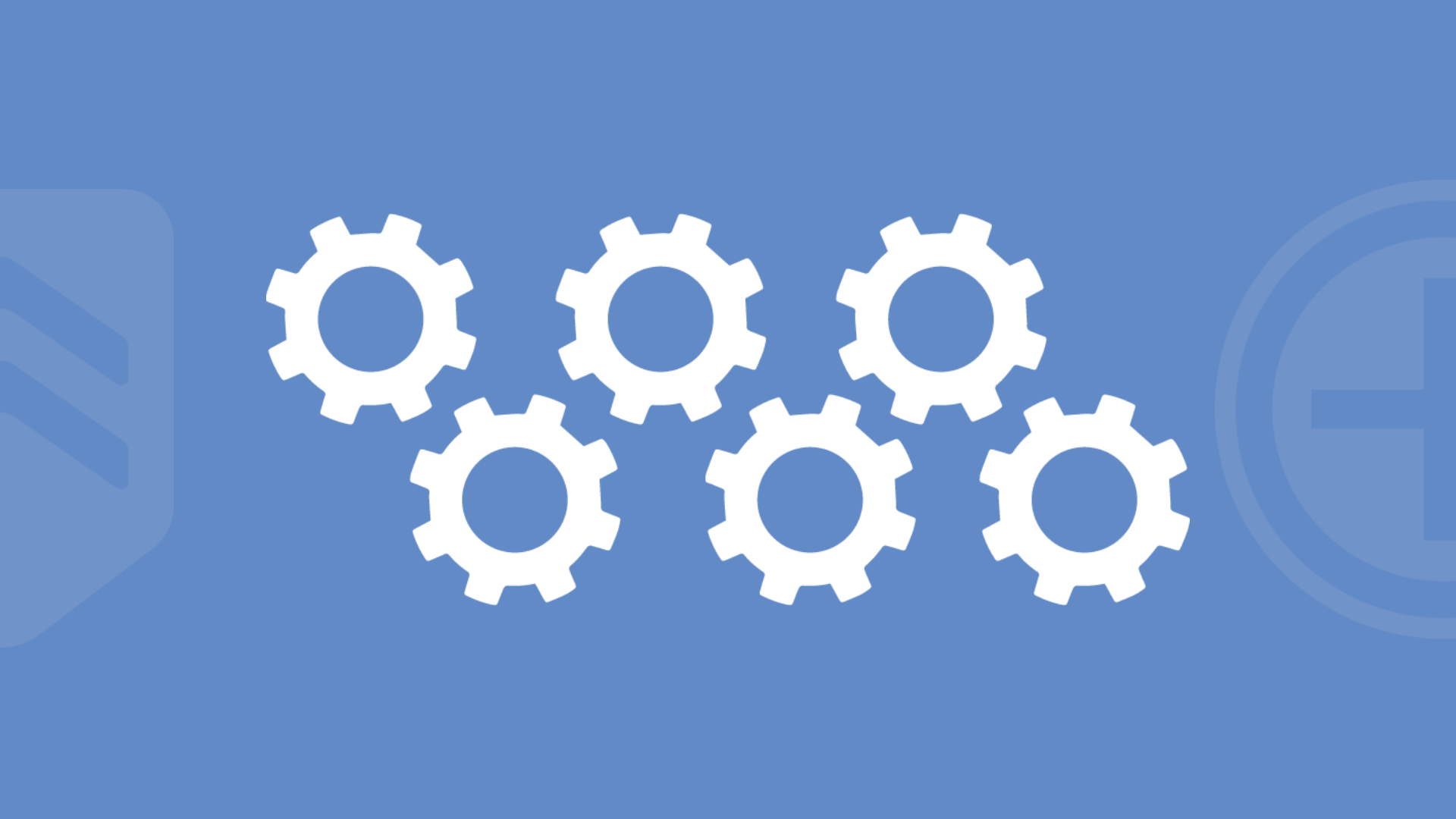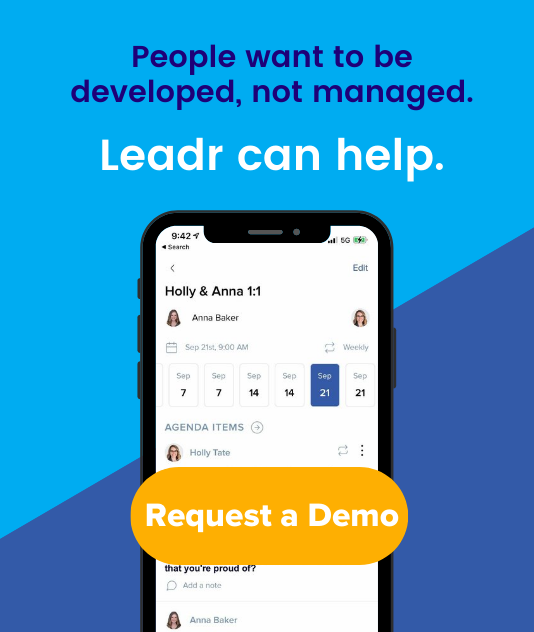From Wonder to Tenacity: Embracing Patrick Lencioni’s 6 Working Geniuses for Effective Work
Within Patrick Lencioni’s 6 Types of Working Genius, there are 6 Working Geniuses that correspond with the 6 steps involved in getting any type of work done. The 6 Geniuses are:
- Wonder - Loves to speculate and question. They love to sit in the ambiguity and imagine the possibilities. Wonder is the high-level work of ideation and thought. Wonder requires a 30,000 ft. view of a project.
- Invention - Gets joy from taking challenges and generating solutions. They enjoy innovating from scratch and love a blank whiteboard or piece of paper on which they can brainstorm. Invention is also high-level work at 25,000 ft.
- Discernment - Have a natural ability to evaluate the workability of ideas. They know how to connect the dots and give people good feedback across a broad range of topics. Discernment brings ideas closer to the ground at a 20,000 ft. view of the project.
- Galvanizing - Great at pushing people out of their comfort zone and inspiring them to get started. They enjoy rallying people around an idea and getting them moving in the right direction. Coming closer to the ground, this type of work sits at 15,000 ft.
- Enablement - Knows how to help, when to help, and can flex to whatever the situation calls for. They are people-oriented, want to help realize a vision, and provide the support needed to move solutions into the first stages of Implementation. Implementation begins here, making this phase of work a 10,000 ft. view.
- Tenacity - Task-oriented and love to take things across the finish line. They ensure a project is going to have the impact it’s supposed to and get joy and energy from checking off a box on the “to do” list. Where the rubber hit the road, tenacity brings work down to 5,000 ft and lower.
Here's a helpful visual from CUInsight:
.jpg?width=618&height=358&name=6TypesDescription%20(1).jpg)
For any project to succeed, in other words, to land the plane, spending time in each step (and genius) is critical. But because each of us is wired with different geniuses and frustrations, spending time in certain levels of the process will be easier than others.
Note: If you haven’t taken the Working Genius yet, here’s a link where you can take it.
For example, as an ET, it can be challenging to effectively contribute to a WI meeting. Your focus will naturally drift to the tangible outcomes versus thriving in the wonder stage.
We just made the power the Working Genius available inside of Leadr for more effective team collaboration.
But when you find yourself in a meeting that’s outside of your Working Genius, here are tips for harnessing the genius that each type of meeting requires.
Before we dive in, here are a few considerations:
- It’s critical that your team agrees to honor all of the stages of work from the beginning of a project. All stages are equal in value, but not all require the same amount of time. Each progressive stage naturally takes more time than the previous.
- Determining elevation is critical to meeting effectiveness. Every person should walk into every meeting knowing what elevation is required to harness to progress. If it's time to wonder, make decisions, or galvanize, make it clear from the get-go. Even when a genius is not your strength, as long as people are clear on the goal of the meeting, good communication is possible.
Pro tip: label each of your meetings with the stage (WIDGET) in the meeting title to create alignment.
Key Questions for Each Working Genius
Now it’s time to get practical. Here’s a cheat sheet to the topics and questions you should stick to in each stage of work.
Wonder
- What is the real problem we’re aiming to solve?
- Why does this problem exist?
- What’s currently working?
- Why do we do things the way we do?
- Why and why not questions.
What to avoid:
- How questions.
Invention
- What would make <insert pretty much anything> better?
- What’s a creative solution for this problem?
- What if questions.
- What would it look like if….
What to avoid:
- “Can’t,” “should,” and “have to” statements.
- Getting in the weeds or details.
Discernment
- Which of these plans should we try?
- Is this the best this project/initiative can be?
- Is this the right decision for right now?
- What are the pros and cons of each option?
- What will X, Y, Z look like in 6 months?
- What are we not seeing?
- Is there both long and short term gain?
- How will this choice impact our other goals or priorities?
- Ask clarification questions.
- Determine criteria for decisions.
- This is our turning point to action. Have we considered all the details?
What to avoid:
- Going back to Wonder or Ideation.
Galvanization
- What will be this person/group's response to this?
- How do we get the team bought in?
- Who needs to know about this so we can move this project/initiative forward?
- Do you have questions about why we’re moving in this direction?
- Where do you still need clarity?
- What method of communication would help get the point across?
- Why is the idea relevant for X group?
- Connects purpose and activity.
- Revisit the why - walk the people back through the previous stages
- Not a one-time activity
What to avoid:
- At this point, you should avoid changing anything about the plan unless your team agrees to revisit all of the previous stages of work. Once Discernment has happened, it’s critical to stay focused on the next step.
Enablement
- How are people doing?
- What would motivate this team member to push forward on their project?
- How can I help?
- Where are there gaps to fill?
- Is this project or initiative clear to everyone involved?
- Do I have helpful coaching tips to offer?
Tenacity
- Who, what, how much, by when?
- What is the next step in this project?
- What is the most important things to do right now?
- What does winning look like?
- What is our timeline?
- Who needs to be involved?
- What is our budget?
- Do we have enough resources?

Embracing Geniuses that don’t come naturally to you can be a challenge, but following this general framework can help you and your team stay focused on the right stage of work during the right times.
If your team is heavy in one genius, we’d encourage you to invite someone outside of your team to fill in the gaps if you’re stuck in a particular stage of work.
Working Genius in Your Daily Work
Inside Leadr, you can keep your team's Working Genius front-and-center with our team map for better collaboration, delegation, and execution. Seeing which teammates naturally lean toward certain Geniuses is the best way to easily find patterns, and gaps, and improve effectiveness as you work together.
As the official Organizational Health Platform in partnership with Patrick Lencioni, we’re constantly thinking about how to bring The Working Genius to life. Here’s what this looks like inside the tool. Get a closer look here.
We'd love to know: what questions would you add to the list?
Share this
You May Also Like
These Related Stories

Navigating Politics in the Workplace: Apply Patrick Lencioni’s Insights With Leadr Advantage

Put Patrick Lencioni’s The Advantage Into Practice: Running Effective Team Meetings





No Comments Yet
Let us know what you think